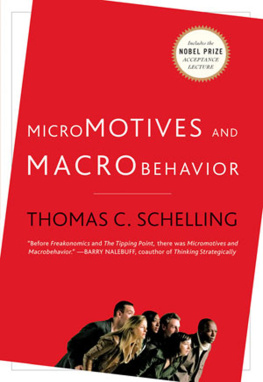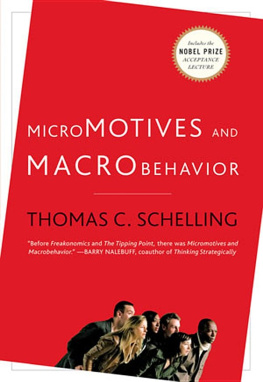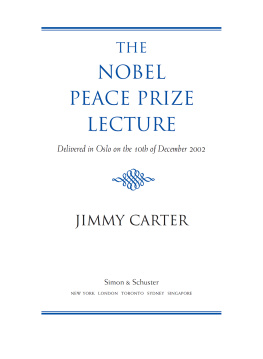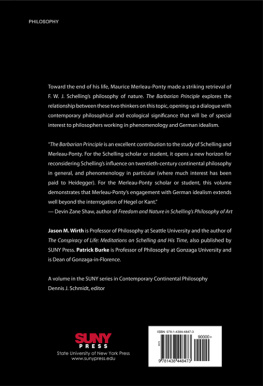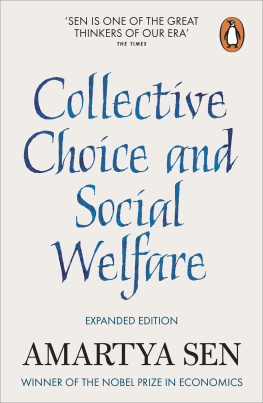The Limits of Organization / KENNETH J. ARROW
Power and the Structure of Society / JAMES S. COLEMAN
The Moon and the Ghetto / RICHARD R. NELSON
Micromotives and Macrobehavior / THOMAS C. SCHELLING
MICROMOTIVES AND MACROBEHAVIOR
I WAS INVITED once to give a lecture to a large audience; the program was to begin at 8:00 in the evening. I followed my escort into the building through the stage entrance and stood in the wings as a microphone was put around my neck. I could see the first dozen rows: nobody had arrived. I assumed that 8:00 meant 8:15, as it might at an academic gathering, and was puzzled when my host walked on stage, nodded to the rows of empty seats, and went through the motions of introducing me. Resisting slightly, I was pushed gently out of the wings and toward the rostrum.
There were eight hundred people in the hall, densely packed from the thirteenth row to the distant rear wall. Feeling a little as though I were addressing a crowd on the opposite bank of a river, I gave my lecture. Afterwards, I asked my hosts why they had arranged the seating that way.
They hadnt.
There were no seating arrangements and no ushers. The arrangement was voluntary, and could only reflect the preferences of the audience. What are we to suppose those preferences were?
It is possible that everybody preferred the whole audience to pack itself into the two dozen rows toward the rear, leaving the first dozen vacant. But, except for any example he set, nobody controlled where anybody else sat. People did not vote with their bottoms on a seating plan. All they did was to choose where to sit from among the available seats they could see as they scanned the hall while walking down the aisle.
Can we guess what policy people followed in choosing their seats? I should add that, as far as I could tell, nothing differentiated the people in different rows. People toward the front or rear did not seem to be older or better dressed or predominately male or female. Those in the frontthe thirteenth rowmay have seemed more attentive than the rest but they probably knew that, even at that distance, I could see their eyelids droop or their heads nod, and were motivated to stay a little more alert.
Curious as I was, I neglected to ask my hosts about the order in which the different rows were filled. Did they fill in sequence from back to front? Did people distribute themselves at random among the rearward two dozen rows? Or did the first arrivals fill the thirteenth row, later arrivals filling the rows in sequence toward the rear? That last is improbable: it would be a coincidence if the earliest arrivals had chosen a forward boundary that would ultimately hold, densely packed, exactly the number of people who showed up. The dynamics had to be consistent with the populating of a compact area by people who could not know how many would be arriving later.
There are several reasons we might interest ourselves in what it is that those people were doing, or thought they were doing, or were trying to do, when they seated themselves in that way. One is that we do not like the result; we prefer they all be in the first twenty-four rows, not the last twenty-four, or distributed over the whole auditorium. If we want to change the pattern with a minimum of organization, interfering as little as possible with the preferences of the audience, we need to know whether we can subtly change their incentives or their perceptions of the auditorium so that they will voluntarily choose a better seating pattern.
And before we do any such thing we ought to know whether the audience itself likes the seating arrangement that it chose, and whether the fact that they chose their seats as they did is evidence that they must be satisfied with the outcome.
A second reason for interest is that there may be something about this process that reminds us of other situations in which people locate themselves voluntarily in some pattern that does not possess evident advantages even for the people who by their own choices form the pattern. Residential location is an example. This laboratory experiment in the auditorium can give us hints of what to look for in other situations.
My immediate purpose in inviting you to speculate on the motives that led to that seating pattern is neither to develop a handbook of auditorium management nor to draw analogies with residential choice or the behavior of crowds or the filling of parking lots. It is to give a vivid example of what this book is about. What this book is about is a kind of analysis that is characteristic of a large part of the social sciences, especially the more theoretical part. That kind of analysis explores the relation between the behavior characteristics of the individuals who comprise some social aggregate, and the characteristics of the aggregate .
This analysis sometimes uses what is known about individual intentions to predict the aggregates: if we know that people entering an auditorium have a sociable desire to sit near somebody but always to leave one empty seat between them, we can predict something about the pattern that will appear when the entire audience has arrived. Alternatively this kind of analysis may do what I invited you to doto try to figure out what intentions, or modes of behavior, of separate individuals could lead to the pattern we observed. If there are several plausible behaviors that could lead to what we observed, we can look for evidence by which to choose among them.
There are easy cases, of course, in which the aggregate is merely an extrapolation from the individual. If we know that every driver, on his own, turns his lights on at sundown, we can guess that from our helicopter we shall see all the car lights in a local area going on at about the same time. We could even get our compass bearings by reflecting that the cascade of lights on the Massachusetts Turnpike will flow westward as dusk settles. But if most people turn their lights on when some fraction of the oncoming cars already have their lights on, well get a different picture from our helicopter. In the second case, drivers are responding to each others behavior and influencing each others behavior. People are responding to an environment that consists of other people responding to their environment, which consists of people responding to an environment of peoples responses. Sometimes the dynamics are sequential: if your lights induce me to turn mine on, mine may induce somebody else but not you. Sometimes the dynamics are reciprocal: hearing your car horn, I honk mine, thus encouraging you to honk more insistently.
These situations, in which peoples behavior or peoples choices depend on the behavior or the choices of other people, are the ones that usually dont permit any simple summation or extrapolation to the aggregates. To make that connection we usually have to look at the system of interaction between individuals and their environment, that is, between individuals and other individuals or between individuals and the collectivity. And sometimes the results are surprising. Sometimes they are not easily guessed. Sometimes the analysis is difficult. Sometimes it is inconclusive. But even inconclusive analysis can warn against jumping to conclusions about individual intentions from observations of aggregates, or jumping to conclusions about the behavior of aggregates from what one knows or can guess about individual intentions.
Return to that audience of mine and speculate a little on the motives that might lead people to sit as they did. (We neednt assume that they all had the same intentions.) What are some plausible conjecturesalternative hypothesesabout what it is that those people were doing that could lead to the result I described? How do we evaluate the result in the light of each hypothesis? How might we influence the result, according to different hypotheses? How much leeway does each hypothesis allow for the role of chance, or architecture? And can we investigate the several hypotheses, to choose among them, or to reject them all and keep looking?

